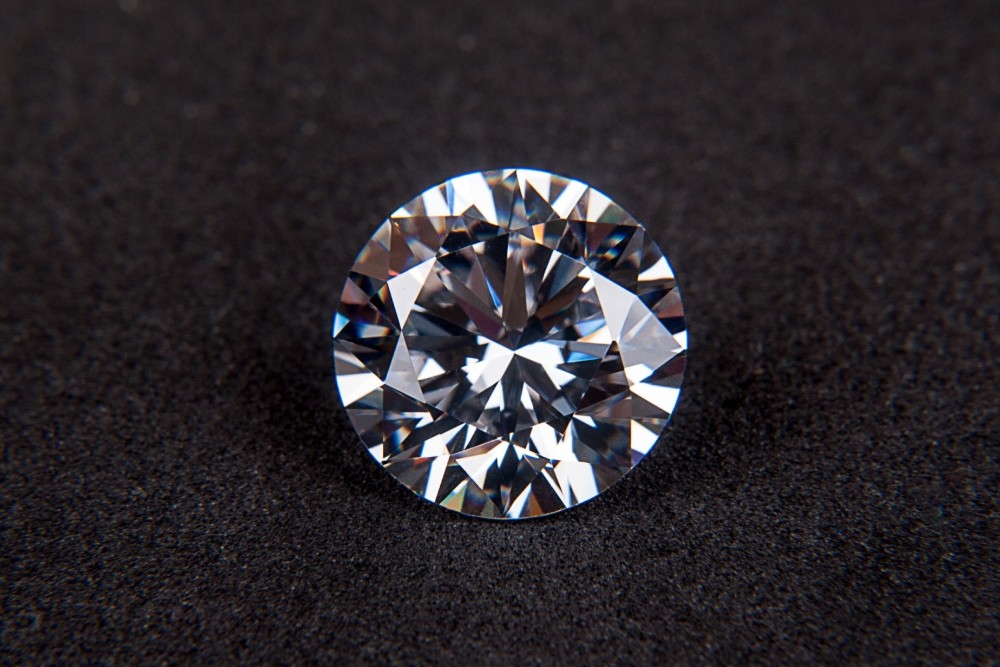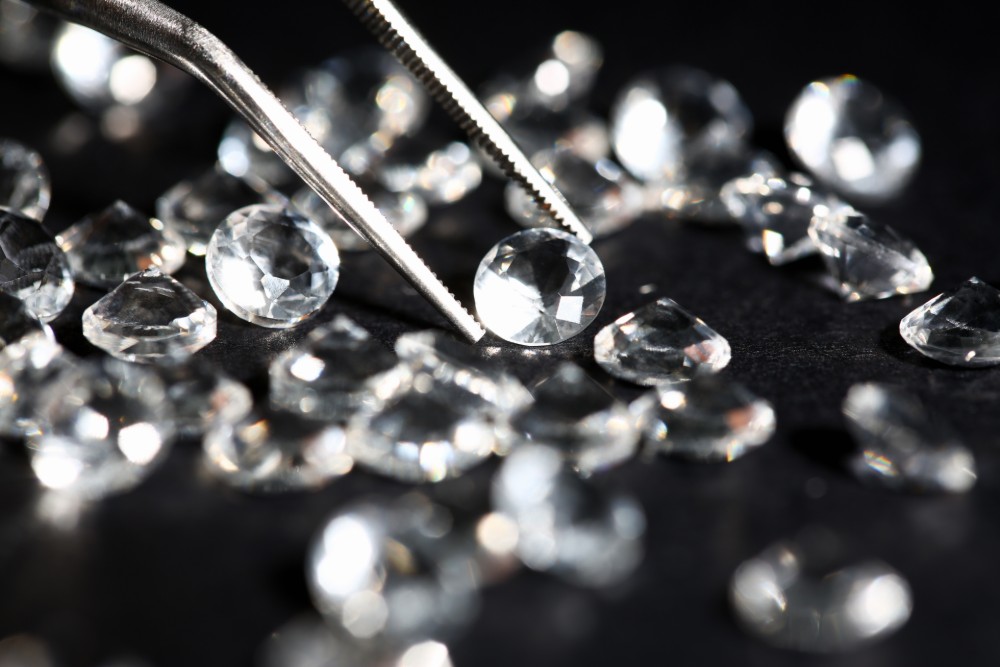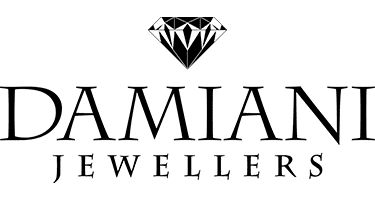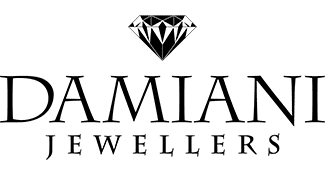Why the Anatomy of a Diamond Should Matter to You
September 1st, 2019

Shopping for a diamond can be overwhelming if you’ve never done it before. There’s all kinds of terms that mean very specific things. You may be thinking, “I’m just looking to buy an engagement ring.” How are you supposed to know about the anatomy of a diamond, and why should it matter to you’
Well, knowing about all the different parts that make up a diamond can actually be really helpful when it comes time to buy one. Knowing what it all means can help you narrow down what you want, and can even affect the price.
Make a Better Buying Decision for Your Diamond
Understanding how each part in the anatomy of a diamond, or its structure, contributes to the gemstone as a whole will help you find your perfect diamond. You’ll know more about what you’re getting, which means you’ll make a better buying decision.
The three most important components in the anatomy of a diamond are diameter, table, and depth because they figure prominently into a diamond’s cut grade. The cut of a diamond is actually one of its most important characteristics; it affects the fire and brilliance of a stone. If a diamond is cut poorly, it can have a dull and muted appearance, and may not sparkle as much as a diamond with a higher quality cut.
The Anatomy of a Diamond Explained
The table of a diamond is also sometimes known as the face of a diamond. It’s the area at the top of the stone that makes up a diamond’s biggest facet. Facets are the smooth planes that make up the surface of a diamond. The fewer facets a stone has, the less brilliant it will be, because it reflects less light.
The diameter is exactly what it sounds like: it’s the width of the diamond at the widest part. The widest part of a diamond is the girdle. Usually, it’s the part that an engagement ring setting uses to hold a diamond in place.
Be sure to find out about the girdle when considering a diamond. Too thin, and the diamond is more susceptible to chipping. Too thick, and the diamond could look less brilliant, and be heavier and more expensive. A thick girdle can also make a diamond look smaller than other stones of similar weight.

The depth of a diamond is its height from the table to the culet. The culet is the very tip of the bottom of the diamond. This tiny facet keeps the tip from being chipped.
The culet is also important because it can affect the way light enters a stone and goes through the table. If it’s too big, it can give the appearance of a dark spot or a hole when you look down through the table. Preferably, a culet is graded “none” or “small” and should not be visible to the naked eye.
Other names in the anatomy of a diamond that you should know? The crown is the top area of the diamond extending from the table to the girdle. The pavilion is the bottom part of a diamond, from the girdle to the culet.
Get Some Expert Help from Damiani Jewellers
If you’re still a little confused, we don’t blame you. It can be a lot of information to take in! That’s why the experts at Damiani Jewellers are here to help. We have been in business for over 60 years, and our professionally-trained staff can help you pick the perfect diamond for your needs or appraise a piece that you may already have.
You can also browse our collection of loose diamonds online ahead of time. Each diamond has a page that shows information about its anatomy as well as its grading, and you can inquire individually about each one. We also have a large collection of rings, necklaces, watches, and more that you can see on our website.



